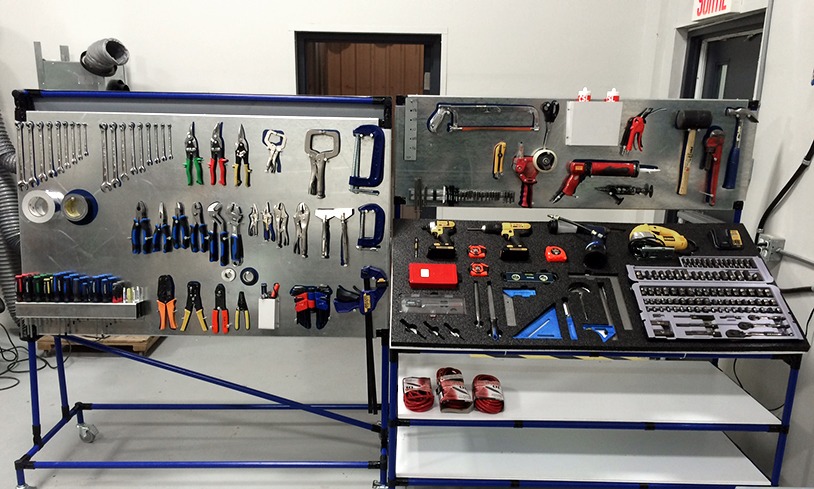
Unlocking 5S Excellence with Shadow Boards
July 18, 2022
Transform Workplace Safety into a Productivity Booster
July 18, 2022
Unlocking 5S Excellence with Shadow Boards
July 18, 2022
Transform Workplace Safety into a Productivity Booster
July 18, 2022A robust safety culture is fundamental to safeguarding employees and maintaining operational efficiency. Unlike written policies alone, a safety culture reflects the shared attitudes, beliefs, and practices toward safety that unite workers, supervisors, and leadership. Combating complacency and addressing hazards proactively can prevent serious incidents and enhance workplace resilience. Below are six actionable strategies to foster a safety-first culture in your organization.
1. Prioritize Clear and Open Communication
Effective safety communication ensures that everyone in the organization is aligned on expectations. Schedule regular safety briefings—whether weekly, bi-weekly, or monthly—and encourage employees to contribute to these conversations. Distribute safety policies both digitally and physically, ensuring they’re easily accessible to all. Leveraging platforms like your company intranet for updates on safety protocols can further reinforce understanding and accountability.

2. Invest in Comprehensive Training
Training is the cornerstone of an empowered workforce. Regularly conduct hands-on training sessions that address potential hazards, emergency response protocols, and best practices. Refresher courses should be a staple to keep safety principles front-of-mind. Employees equipped with knowledge are more confident in their ability to act safely and make informed decisions in critical situations.
3. Lead with a Safety-First Example
Leadership sets the tone for the organization. When managers and executives consistently follow safety procedures, they reinforce the importance of those practices. This visible commitment from the top inspires employees to embrace safety as an integral part of daily operations.
4. Encourage Proactive Reporting
Create a culture where employees feel comfortable reporting hazards or near misses without fear of repercussions. A streamlined reporting process—paired with timely acknowledgment and resolution—demonstrates that their feedback is valued. Recognizing those who identify potential risks can further motivate others to contribute to a safer workplace.
5. Empower Employees Through Collaboration
Involve team members in shaping safety practices. Soliciting their input during the development or revision of safety protocols ensures these guidelines address real-world challenges. Inclusive collaboration strengthens employee ownership of safety initiatives, increasing compliance and fostering innovation in problem-solving.
6. Celebrate Milestones and Commit to Continuous Improvement
Acknowledging safety achievements, such as incident-free months or successful audits, fosters a sense of pride and reinforces positive behaviors. Coupled with ongoing evaluation and adaptation of safety protocols, these celebrations highlight the importance of vigilance and teamwork in maintaining a safe environment.
Build a Safer, More Productive Workplace
Embedding these strategies into your operations will not only protect your workforce but also enhance morale and productivity. Safety is a shared responsibility, and a thriving safety culture benefits everyone.
Looking for expert guidance on industrial safety solutions? EZSecur provides top-quality products and support to help you achieve your safety goals. Explore more at www.ezsecur.com.





